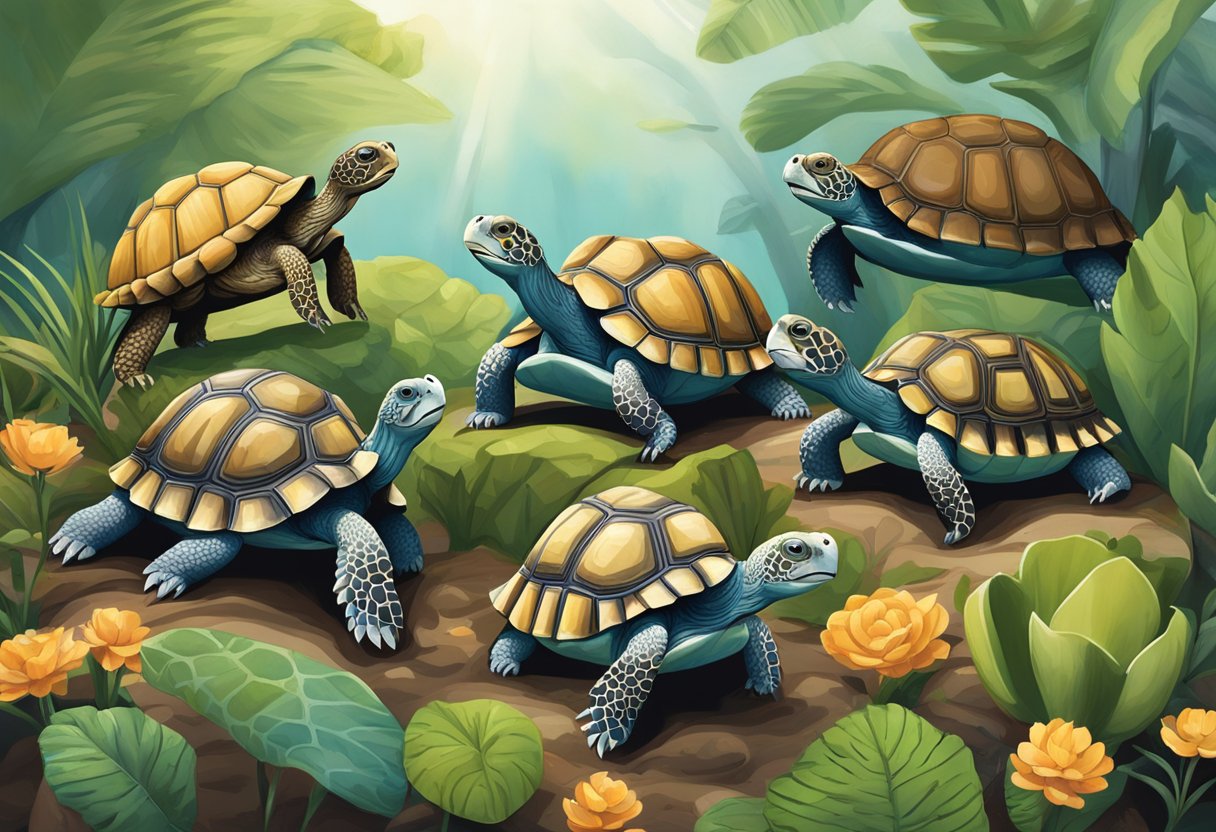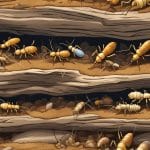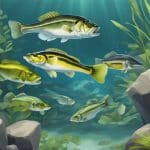Types Of Tortoises
Tortoises are fascinating creatures that have captured the imagination of people for centuries. They are known for their slow pace, long lifespan, and unique appearance. There are over 50 species of tortoises in the world, and each one has its own unique characteristics and habits.
Tortoise Biology and Species: Tortoises are reptiles of the order Testudines, which also includes turtles and terrapins. Unlike turtles, tortoises are land-dwelling and cannot swim. They are known for their hard, bony shells that protect them from predators. Tortoises come in a variety of sizes, ranging from a few inches to over 5 feet long. Some of the most popular species of tortoises include the Russian tortoise, the African spurred tortoise, and the Galapagos tortoise.
Habitat and Distribution: Tortoises are found all over the world, from the deserts of North Africa to the rainforests of South America. They are adapted to live in a variety of environments, from arid deserts to humid forests. Some species of tortoises are endangered due to habitat destruction and poaching. It is important to protect their natural habitats and prevent their extinction.
Key Takeaways
- Tortoises are land-dwelling reptiles with hard, bony shells.
- There are over 50 species of tortoises in the world, each with its own unique characteristics and habits.
- Tortoises are found all over the world, and some species are endangered due to habitat destruction and poaching.
Tortoise Biology and Species

Anatomy and Physiology
Tortoises are reptiles belonging to the order Testudines, and they are known for their hard shells that protect them from predators. The shell is made up of two parts: the carapace, which covers the tortoise’s back, and the plastron, which covers its belly. The carapace is made up of scutes, which are bony plates covered by keratin, a tough protein found in nails and hair. The plastron is also made up of scutes, but it is usually flatter than the carapace.
Tortoises have a unique anatomy and physiology that allows them to survive in a variety of environments. They have a slow metabolism, which means they can go long periods without food or water. They are also able to store large amounts of water in their bladder, which helps them survive in dry environments.
Diversity of Species
There are many different species of tortoises, each with its own unique characteristics. Some of the most common species include the Russian tortoise, the African spurred tortoise, and the Galapagos tortoise. Tortoises come in a variety of sizes, with some species growing to be only a few inches long, while others can grow to be several feet long.
Tortoises are found all over the world, but they are most common in warm, dry climates. They are herbivores, and they eat a variety of plants, including grasses, leaves, and flowers.
In conclusion, tortoises are fascinating animals with unique adaptations that allow them to survive in a variety of environments. They are an important part of the ecosystem, and they play a vital role in maintaining the balance of nature.
Habitat and Distribution
Geographical Range
Tortoises are found in various regions around the world. They are mainly distributed in Asia, South America, and North Africa. The natural habitat of tortoises varies depending on the species. For instance, the desert tortoise is found in the Sonoran Desert, while the elongated tortoise is found in the evergreen forests of Southeast Asia.
Habitat Preferences
Tortoises are adapted to different habitats, and they have specific habitat preferences. Some tortoises prefer dry and arid habitats, while others prefer wet and humid habitats. For example, the desert tortoise is adapted to the hot and dry conditions of the Sonoran Desert. This species spends most of its time in underground burrows to escape the extreme heat.
Other tortoise species, such as the elongated tortoise, prefer the wet and humid conditions of the evergreen forests. These tortoises are adapted to living in the leaf litter and understory of the forest floor. They are excellent climbers and can easily climb trees and shrubs to escape predators.
In conclusion, tortoises are found in different habitats around the world. They have specific habitat preferences that are adapted to their natural environment. Understanding the habitat requirements of different tortoise species is important for their conservation and management.
Diet and Care
Feeding Habits
Tortoises are herbivores and their diet mainly consists of various plant materials. They are grazers and require a constant source of fresh greens, vegetables, and fruits. Some species of tortoises, such as the African Spurred Tortoise, are known to be opportunistic feeders and may occasionally consume animal-based foods like insects, worms, and mollusks. However, it is important to understand the eating habits of the different species of tortoises and their feeding preferences before introducing any new food items to their diet.
Captive Care Requirements
Tortoises are relatively easy to care for and make great pets for those who are willing to provide them with the necessary space and care. They require a spacious enclosure with a suitable substrate, hiding places, and a basking area. The enclosure should be large enough to allow the tortoise to move around freely and should be cleaned regularly to maintain good hygiene.
In terms of diet, a tortoise’s diet should consist of a variety of fresh greens, vegetables, and fruits. Some of the best greens for tortoises include kale, collard greens, dandelion greens, and romaine lettuce. Alongside greens, tortoises can benefit from a range of vegetables, including carrots, bell peppers, and squash. Fruits should be given in moderation as they are high in sugar content.
Overall, providing a suitable diet and enclosure is key to keeping a tortoise healthy and happy. It is important to research the specific needs of the species of tortoise you plan to keep and provide them with the appropriate care to ensure their well-being.
Conservation Status
Tortoises are ancient creatures that have been around for more than 230 million years. However, many species of tortoises are currently facing various threats to their survival, which has led to their classification as vulnerable, threatened, or endangered.
Threats to Survival
Habitat destruction, poaching, and climate change are the primary threats to the survival of tortoises. As human populations continue to grow and expand, tortoise habitats are being destroyed or fragmented, leading to loss of food sources, nesting sites, and shelter. Poaching is also a significant threat to tortoises, with many species being hunted for their meat, shells, or for use in traditional medicine. Climate change is another significant threat to tortoises, as it can alter their habitat and impact their ability to find food and water.
Conservation Efforts
Efforts to conserve tortoise populations have been ongoing for many years, with various organizations working to protect tortoise habitats and reduce the impact of threats such as habitat destruction, poaching, and climate change. The International Union for Conservation of Nature (IUCN) is one such organization that has been working to protect tortoises and their habitats.
The IUCN has classified many tortoise species as vulnerable, threatened, or endangered based on their conservation status. For example, the Gopher Tortoise (Gopherus polyphemus) is classified as threatened due to habitat loss and fragmentation. Similarly, a combined analysis of all recognized species of turtles and tortoises indicates that 20.0% are Critically Endangered (CR), 35.3% are Critically Endangered or Endangered (CR+EN), and 51.9% are Threatened (CR+EN+Vulnerable).
Conservation efforts for tortoises include habitat protection, captive breeding and reintroduction programs, and public education and outreach. The Nature Conservancy, for example, has implemented a conservation program for the Gopher Tortoise that includes habitat restoration and protection, public outreach, and research. Zoos and aquariums also play a vital role in tortoise conservation by participating in captive breeding programs and conducting research.
In conclusion, the conservation status of tortoises is a significant concern due to habitat destruction, poaching, and climate change. However, various organizations are working to protect tortoise populations through habitat protection, captive breeding, and public education and outreach.
Popular Tortoise Species as Pets
Selecting a Pet Tortoise
Tortoises are fascinating animals that make great pets, but selecting the right species can be a daunting task. Some of the most popular tortoise species as pets include the Russian tortoise, Indian star tortoise, leopard tortoise, red-footed tortoise, and sulcata tortoise.
When selecting a pet tortoise, it’s important to consider factors such as size, lifespan, and habitat requirements. For example, the sulcata tortoise is the third-largest tortoise species in the world and can live up to 100 years, making it a long-term commitment. On the other hand, the Russian tortoise is a smaller species that only lives up to 40 years.
Pet Tortoise Maintenance
Once you’ve selected the right species of tortoise for your home, it’s important to provide the proper care and maintenance. This includes providing a suitable habitat, proper nutrition, and regular veterinary checkups.
Tortoises require a habitat that mimics their natural environment, including a basking area, hiding spots, and a substrate that allows for burrowing. They also require a specific diet that includes a variety of vegetables, fruits, and occasional protein sources.
Regular veterinary checkups are essential to ensure the health and well-being of your pet tortoise. This includes routine fecal exams to check for parasites and other health issues.
In summary, selecting a pet tortoise requires careful consideration of factors such as size, lifespan, and habitat requirements. Once you’ve selected the right species, providing proper care and maintenance is essential to ensure a happy and healthy pet.






